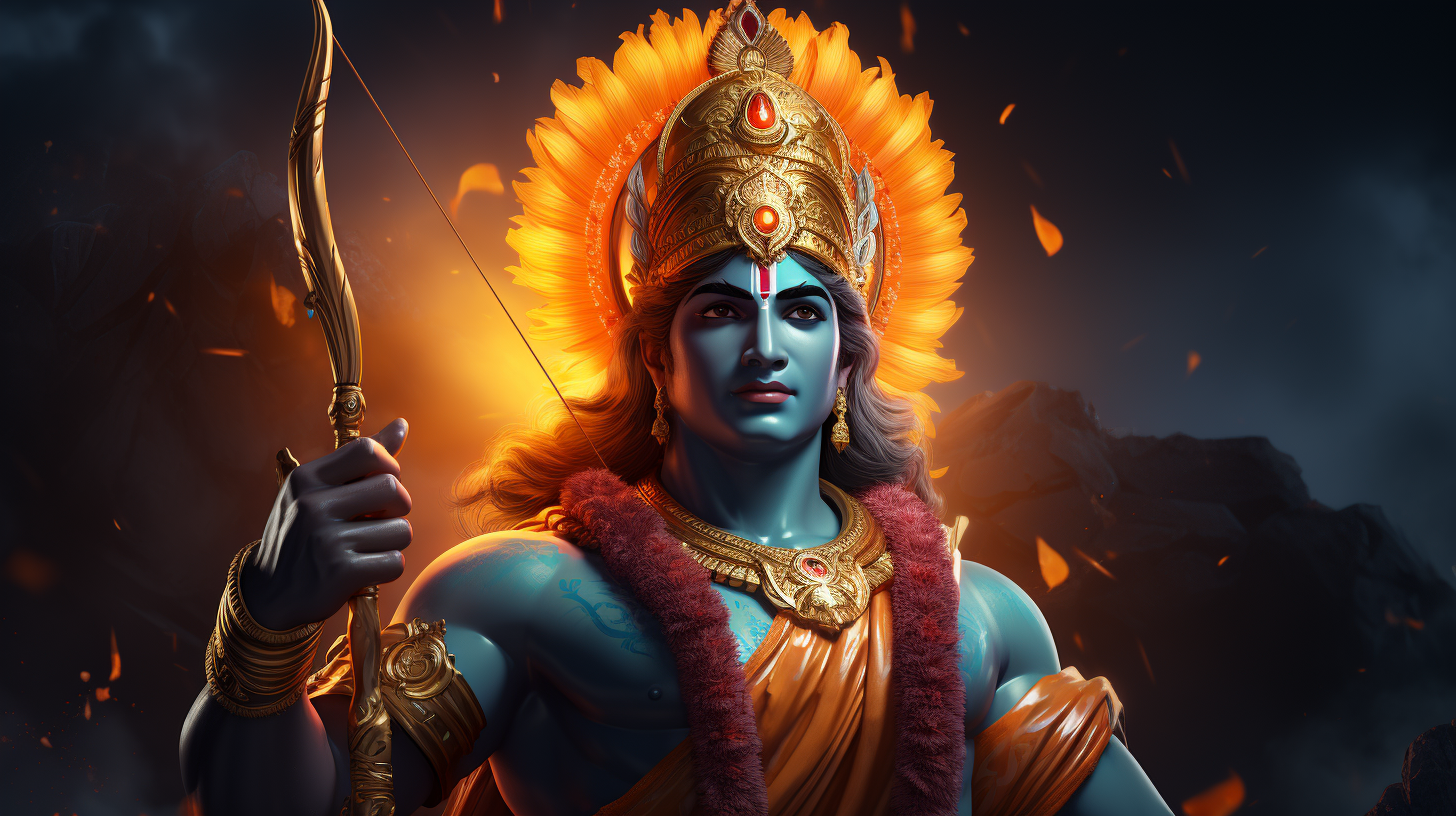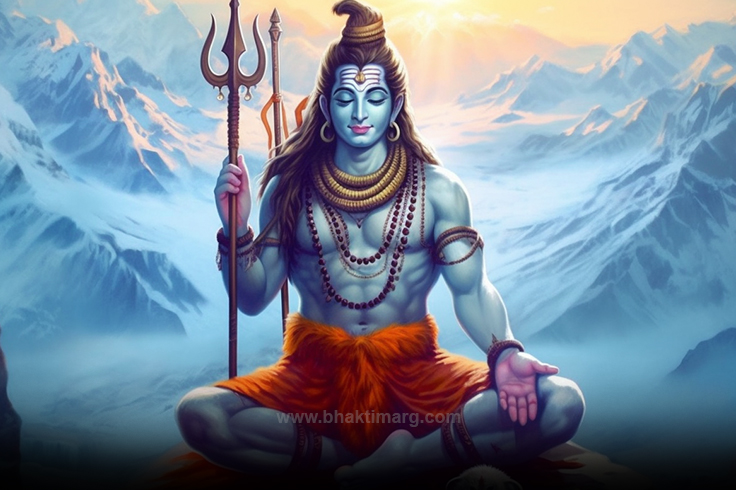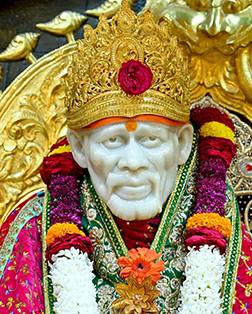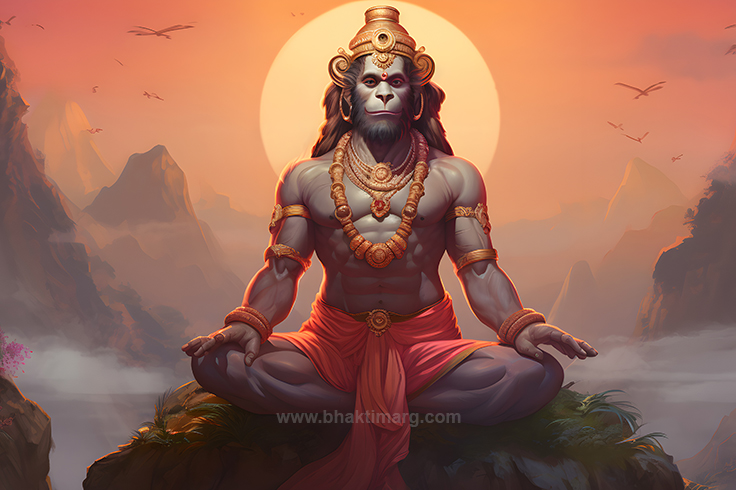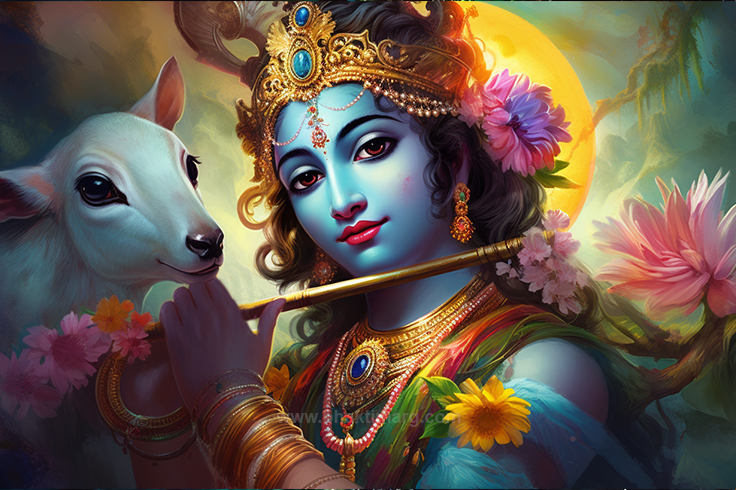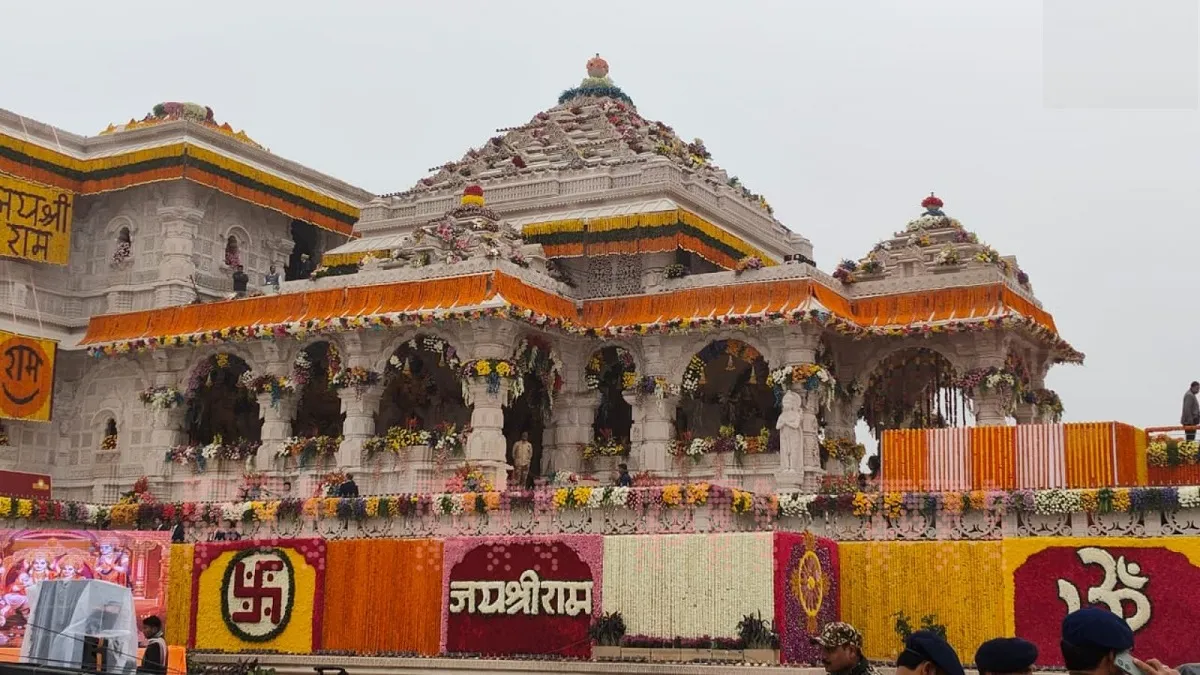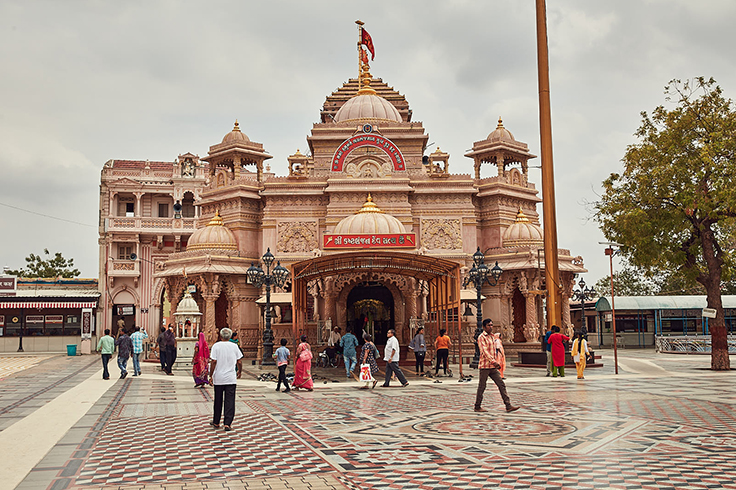
Ganpati Visarjan: The Spiritual Meaning Behind Ganpati’s Farewell
Introduction: A Festival of Faith, Farewell, and Spiritual Insight
Ganpati Visarjan marks the climactic conclusion of Ganesh Chaturthi, one of the most beloved Hindu festivals. Celebrated with grand enthusiasm, devotion, and unity, Ganesh Chaturthi begins with the installation of beautifully crafted idols of Lord Ganesha and ends with an emotional farewell known as Visarjan. In 2025, Ganesh Chaturthi falls on 27th August, and the ten-day festival concludes on Anant Chaturdashi, 6th September 2025, with Ganpati Visarjan.
This ritual isn’t just the immersion of an idol in water — it’s a powerful spiritual act rooted in ancient philosophy. It teaches detachment, embraces the transient nature of life, and signifies the return of form to formlessness. This blog dives deep into the spiritual symbolism, historical roots, emotional nuances, regional flavors, and modern eco-conscious practices of Ganpati Visarjan.
The Origins of Ganpati Visarjan: Welcoming and Farewell

Ganesh Chaturthi honors the birth of Lord Ganesha, the remover of obstacles, and the god of wisdom and prosperity. According to Hindu mythology, Ganesha is the son of Lord Shiva and Goddess Parvati, created from clay and brought to life.
The tradition of Visarjan began with the understanding that Lord Ganesha visits us temporarily. Legends say he returns to Mount Kailash after blessing his devotees. His immersion represents this symbolic return — a departure that holds profound spiritual insight.
Over time, the practice became a key part of the festival’s conclusion, blending devotion with philosophical reflection. The idol, made of clay, is immersed into water to signify the soul’s journey back to its source — a sacred ritual emphasizing renewal and impermanence.
Spiritual Significance of Ganpati Visarjan

- Embracing Impermanence Ganpati Visarjan beautifully illustrates the transient nature of life. Everything we see and experience — joy, sorrow, success, relationships — is temporary. The immersion reminds devotees that attachment to the material world must give way to acceptance of change.
Welcoming Ganesha with joy and letting him go with grace becomes a powerful lesson in emotional detachment. We are taught to engage deeply in every moment, yet remain unattached to its outcome.
- Cycle of Creation and Dissolution Hindu cosmology speaks of the cycle of creation (Srishti), preservation (Sthiti), and dissolution (Laya). The Ganpati idol, crafted from clay and returned to water, echoes this eternal rhythm.
This cyclical symbolism reminds us that life flows in phases. Endings are not final; they are portals to new beginnings — much like how Ganesha’s Visarjan promises his return.
- Devotion Without Attachment (Anāsakti) During the ten days of Ganesh Chaturthi, families and communities pour their hearts into prayers, offerings, decorations, and celebrations. But at the end, they let go.
This act reflects Anāsakti — deep involvement in one’s duties with zero attachment. It is one of the core teachings of the Bhagavad Gita and a critical element of spiritual growth.
- Unity with the Divine When the idol dissolves into water, it represents the merging of the individual soul (Jivatma) with the universal soul (Paramatma). This act of union reflects the ultimate goal of all spiritual paths — liberation (Moksha).
Far from being a loss, Visarjan is a divine reunion — a return to oneness, a spiritual homecoming.
Rituals of Ganpati Visarjan: A Sacred Procession

Ganpati Visarjan involves a structured and deeply symbolic series of rituals:
- Final Aarti and Farewell Puja Before the idol is taken for immersion, a special farewell aarti is performed. Devotees express gratitude, seek forgiveness, and pray for the Lord’s early return the following year.
- Offering of Prasad and Flowers Coconuts, modaks, jaggery, betel leaves, and durva grass are offered as symbols of love and completeness. Each item holds a spiritual significance of purity and gratitude.
- Procession to the Waterbody (Visarjan Yatra) The immersion journey is vibrant and emotional. People dance, sing bhajans, play dhols and chant — “Ganpati Bappa Morya, Pudhchya Varshi Lavkar Ya!” (O Lord Ganesha, come back soon next year!).
This celebration, filled with fervor and faith, binds the community together in shared devotion.
- Immersion into Water The moment of immersion is solemn. The idol is gradually lowered into a river, lake, sea, or even a home tub. This is when the divine form returns to the formless essence of the universe.
Emotional Significance: A Bond Beyond Worship

Ganpati Visarjan isn’t just a ritual — it’s an emotional release. The presence of Lord Ganesha in one’s home feels like hosting a beloved guest. Over days of devotion, a deep spiritual connection is formed.
Children whisper wishes into Ganesha’s ears. Elders chant mantras and sing aartis. Families wake early to prepare naivedya (offerings), and communities gather for prayers. As the time to say goodbye nears, it evokes both joy and sorrow — much like seeing a loved one off on a long journey.
This emotional depth transforms devotion into a lived spiritual experience.
Regional Variations in Visarjan Celebrations

Maharashtra (Mumbai, Pune) Ganpati Visarjan in Maharashtra is nothing short of a spectacle. Processions with massive idols like Lalbaugcha Raja or Ganesh Galli attract lakhs of devotees. The celebrations continue late into the night.
Goa In Goa, Ganesh is treated like an honored family guest. The Visarjan is simple and respectful, often performed in local wells or rivers with Konkani hymns and folk rituals.
Karnataka In Bengaluru and other parts, eco-friendly practices are being embraced. Community tanks and small water tubs in apartments are popular for immersion.
Tamil Nadu & Andhra Pradesh Though the scale is smaller, devotion is profound. Idols are immersed in nearby lakes or temple tanks, with Tamil and Telugu bhajans marking the occasion.
North India (Delhi, UP, Rajasthan) Ganesh Chaturthi is growing in popularity. Communities gather for cultural programs and collective immersion, strengthening social bonds.
Eco-Friendly Visarjan: A Spiritual and Environmental Need

While Ganpati teaches detachment, he also reminds us to respect the Earth. Traditional clay idols dissolve in water, but modern Plaster of Paris (PoP) idols with chemical paints cause pollution.
To preserve the sacredness of our waters and align with dharmic values, devotees are now embracing:
- Shadu Mitti Idols: Made from natural clay, painted with eco-safe colors.
- Bucket Visarjan at Home: Idols immersed in a tub and the water reused in gardens.
- Seed Ganeshas: Plantable idols that grow into trees — merging devotion with regeneration.
- Artificial Tanks: Installed in cities to prevent river and sea pollution.
These practices embody the Vedic principle of Vasudhaiva Kutumbakam — the world is one family.
Public Participation: A Festival of Unity and Service

The Ganpati festival isn’t just religious — it’s a community movement. First transformed into a public event by Lokmanya Tilak during India’s freedom struggle, Ganesh Chaturthi still brings people together beyond caste, creed, and status.
From organizing pandals to serving prasad, from managing traffic during processions to cleaning immersion sites, thousands volunteer each year. This shared seva reflects the spiritual idea of Karma Yoga — selfless service as a path to liberation.
The Energy of Chants: Divine Vibration in Motion
During Visarjan, the air pulsates with devotion:
- Ganpati Bappa Morya!
- Pudhchya Varshi Lavkar Ya!
- Mangal Murti Morya!
These chants are not mere slogans. They are vibrations of love, surrender, and community strength. They turn the streets into temples and people into devotees marching as one soul.
Ganpati Visarjan in the Digital Age

In recent years, technology has blended with tradition to reshape how we celebrate:
- Live Streaming: Large Ganpati mandals now broadcast Visarjan rituals for remote devotees.
- Virtual Aarti: Many temples offer online aartis and darshan.
- Social Media Campaigns: Awareness about eco-friendly celebrations has grown through digital platforms.
- Ganpati Apps: From puja schedules to virtual idol making, everything is now at our fingertips.
The core remains the same — love for Ganesha — but the methods evolve with time.
Lessons from Ganpati Visarjan

- Let Go Gracefully: What comes must go. Acceptance is the key to peace.
- Celebrate the Now: Every moment is divine. Savor it without clinging.
- Detach Without Indifference: Care deeply, but don’t possess.
- Return to Nature: Respect Earth as sacred.
- Live with Hope: Every end births a new beginning.
Conclusion: Ganpati’s Goodbye, Our Spiritual Awakening
Ganpati Visarjan isn’t just the end of a festival — it’s a profound spiritual lesson. It teaches detachment without sorrow, love without control, and faith without condition.
As Lord Ganesha departs, he leaves behind a heart full of wisdom, a mind more at peace, and a world slightly more united. And while we chant, “Pudhchya Varshi Lavkar Ya!” we realize that the divine never truly leaves — he simply takes a new form, a new moment, a new lesson.
Ganpati Bappa Morya!




